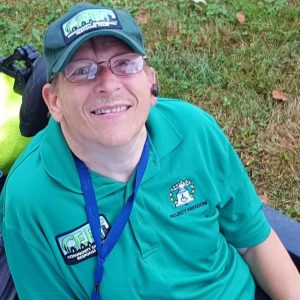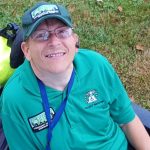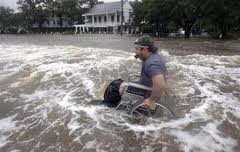by Astra Lincon, High Country News/hcnn.org, January 23, 2023
Kelley Coleman was vacationing in Santa Barbara, California, when the evacuation order came. It was New Year’s week, and Kelley’s two sons, third and fifth graders in Los Angeles’ Studio City neighborhood, were enjoying the last of their school holidays. Aaron, 9, Coleman’s youngest — a boisterous, enthusiastic child — relished splashing around for hours in the Pacific’s briny, biting cold.
Rain was forecast that week, not unusual for January on that part of California’s central coast. For days, it drizzled. Then, late on the last day of their vacation, Coleman’s cellphone buzzed. It was an emergency notification: Heavier rains were coming, and with them possible flash floods, falling trees and landslides capable of tearing homes from their foundations. Residents across Santa Barbara County were told to evacuate.
Immediately, Coleman called the nearest pharmacist. If they were evacuated, she thought, how would they get Aaron his medication
Aaron is a medically complex child. In addition to taking a daily medication for epilepsy, he has a variety of sensory impairments and relies on a feeding tube. Coleman’s life is built around rituals of readiness: She keeps go-bags in the car, at school and at a neighbor’s house with backup tubes, formula and replacement parts for the port in Aaron’s stomach. But she cannot keep backup medication; the federal Food and Drug Administration’s policies for controlled substances prevent people from getting refills until their prescriptions have nearly run out. Coleman had refilled Aaron’s medicine just days ago, but the bottle was back home in Studio City.
Aaron had just two days’ worth of medication left, and the rains were falling harder.


 This month you will be reading and hearing more about the emerging outbreak of Coronavirus-2019 (officially named COVID-19). The situation is very worrisome—especially if you have a disability.
This month you will be reading and hearing more about the emerging outbreak of Coronavirus-2019 (officially named COVID-19). The situation is very worrisome—especially if you have a disability.